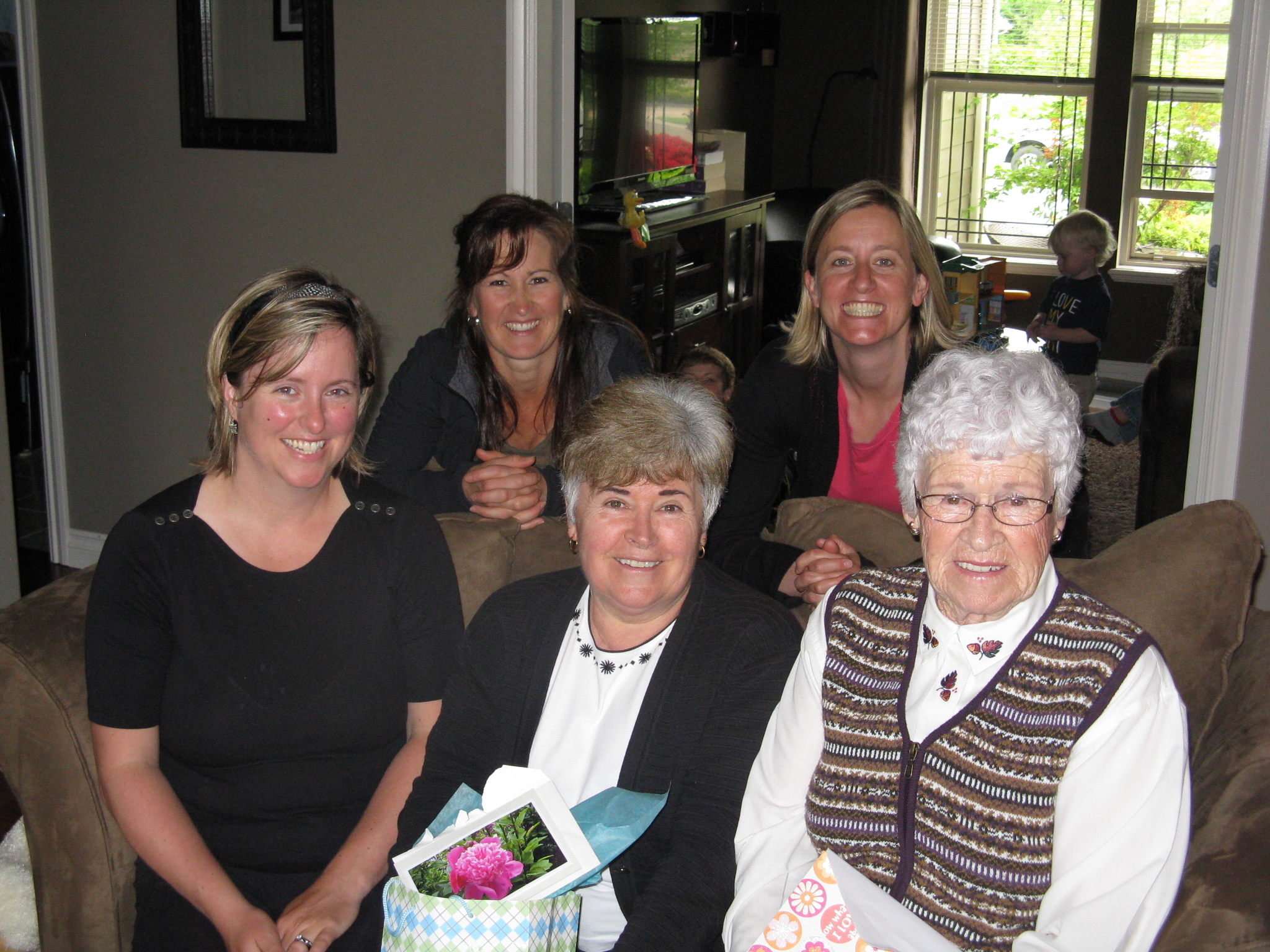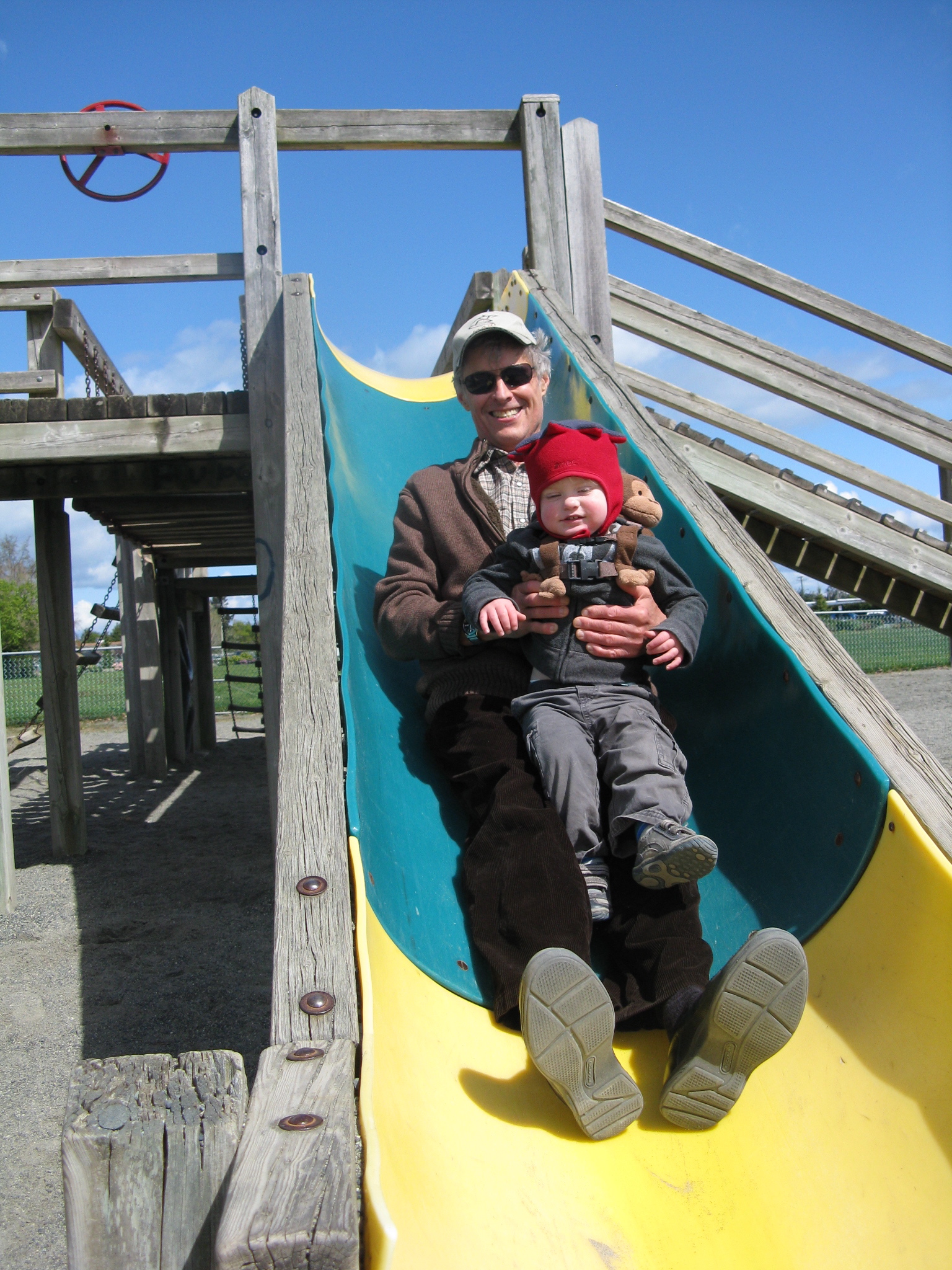Osteoporosis is a bone disease where bones become weakened and are at increased risk of fracture. This condition develops without symptoms and can result in the fracture of bones, most commonly of the hip, spine, wrist and shoulder. Osteopenia is a condition where the mineral density of bone is lower than normal. Osteopenia is considered to be a precursor to osteoporosis; however, not every person diagnosed with osteopenia will develop osteoporosis.
The bones of our bodies are constantly being broken down and rebuilt. This rebuilding cycle is dependent on calcium, vitamin D and hormones (such as estrogen in women). Osteopenia and osteoporosis occur when calcium and bone tissue are lost faster than they are replaced. There are two classifications of osteoporosis: primary and secondary. Primary occurs with natural aging (representing the bulk of information in this article) and Secondary occurs due to the side-effects of medications, chronic illness and hormonal disturbances.
Osteoporosis is prevalent, but not exclusive, in seniors. The fact that women have smaller frames and 30% less bone mass than men, makes women far more likely to develop osteoporosis (1 in 4) than men (1 in 8). Additionally, when a woman reaches menopause, her body stops producing estrogen. Estrogen is a hormone that plays a key role in maintaining bone strength.

The most important thing to know about one’s bone strength is that it is established in the late teens. After this time, bone structure is at an all time maximum and can not be improved upon. The only thing that can and will happen is that gradually with time a bone’s strength will diminish. Wolff’s law states, “bones become stronger in response to stress as a form of adaptation;” therefore, it is imperative with teenage obesity on the rise, that parents and the school system work together to keep their kids participating in physical activity. As well, it is equally important to maintain proper balanced nutrition and avoid smoking.
Over 80% of all fractures with individuals over the age of 50 are caused by osteoporosis.
DIAGNOSIS
There are many factors that can increase the likelihood that an individual would be at risk for osteopenia/osteoporosis, such factors are: age (65 +), small frame, poor nutrition, lack of exercise, history of long term corticosteroid, medical conditions (anorexia nervosa, diabetes, celiac disease,…) and family history. The gold standard to diagnose osteoporosis or osteopenia is a DEXA (Dual Energy X-ray Absorptiometry) Scan. This test can be ordered by your MD and may be requested as a follow up to a positive Heel Ultrasound or a suspicious CT (Computed Tomography) Scan.
TREATING & PREVENTION OF OSTEOPOROSIS
The best way to avoid getting osteoporosis/osteopenia is to be healthy and active, perform regular weight bearing activity (walking, stair climbing or weight training), eat a well balanced diet, never smoke, avoid excessive consumption of alcohol, and use prescription medication only as necessary. Osteoporosis Canada (OC) recommends ingestion of 1,000 mg/daily of calcium for men and women between the ages of 19 and 50, and 1,200 mg if over 50. To increase calcium absorption into the blood stream, the OC recommends taking vitamin D at 400 to 1,000 IU/daily if under 50 and 800 to 2,000 IU if over 50. If you are at risk for osteoporosis, discuss these factors with your MD and set up a plan to monitor you and minimize your level of risk for fracture.
While your Comox Chiropractor Dr. Houlgrave cannot order DEXA Scans or prescribe medications to increase your bone density, he can help you to maintain mobility in your spine and joints and help you with supplementation of vitamins and minerals so that you can keep active and healthy and minimize your risk for injury or trauma.

